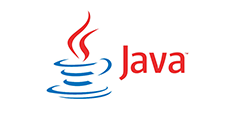Quality of the final product
We care about quality and take it very seriously. Developers check each other's work in code reviews, and the mobile application is analyzed by quality assurance specialists. We use a number of techniques to ensure that the application works properly. These include unit tests, integration tests, automated end-to-end tests, etc. We strive for reliability, which is appreciated by our customers and gives satisfaction to our specialists.
Dedicated team
We tailor the composition of the team to the specific needs of a client. Our employees range from experienced developers to quality assurance and project management specialists (product owners, project managers and scrum masters), and UX/UI designers. Such independent, multi-disciplinary teams can deliver projects at the highest level, ensuring technical quality and a top-notch user experience.
















